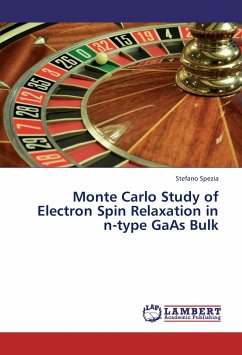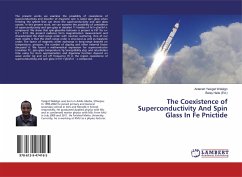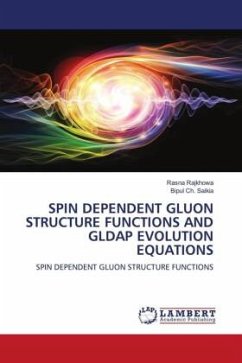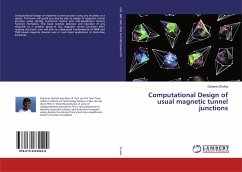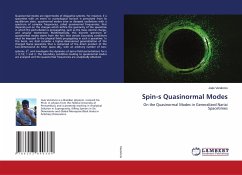
Spin-s Quasinormal Modes
On the Quasinormal Modes in Generalized Nariai Spacetimes
Versandkostenfrei!
Versandfertig in 6-10 Tagen
36,99 €
inkl. MwSt.

PAYBACK Punkte
18 °P sammeln!
Quasinormal modes are eigenmodes of dissipative systems. For instance, if a spacetime with an event or cosmological horizon is perturbed from its equilibrium state, quasinormal modes arise as damped oscillations with a spectrum of complex frequencies, called quasinormal frequencies, that depends just on the charges which define the geometry of the spacetime in which the perturbation is propagating, such as the mass, electric charge, and angular momentum. Mathematically, this discrete spectrum of quasinormal modes stems from the fact that certain boundary conditions must be imposed to the physi...
Quasinormal modes are eigenmodes of dissipative systems. For instance, if a spacetime with an event or cosmological horizon is perturbed from its equilibrium state, quasinormal modes arise as damped oscillations with a spectrum of complex frequencies, called quasinormal frequencies, that depends just on the charges which define the geometry of the spacetime in which the perturbation is propagating, such as the mass, electric charge, and angular momentum. Mathematically, this discrete spectrum of quasinormal modes stems from the fact that certain boundary conditions must be imposed to the physical fields propagating in such a spacetime. In this book, we shall consider a higher-dimensional generalization of the charged Nariai spacetime that is comprised of the direct product of the two-dimensional de Sitter space, dS2, with an arbitrary number of two-spheres, S2, and investigate the dynamics of spin-s field perturbations for s = 0,1/2, 1 and 2. The boundary conditions leading to quasinormal modes are analyzed and the quasinormal frequencies are analytically obtained.






